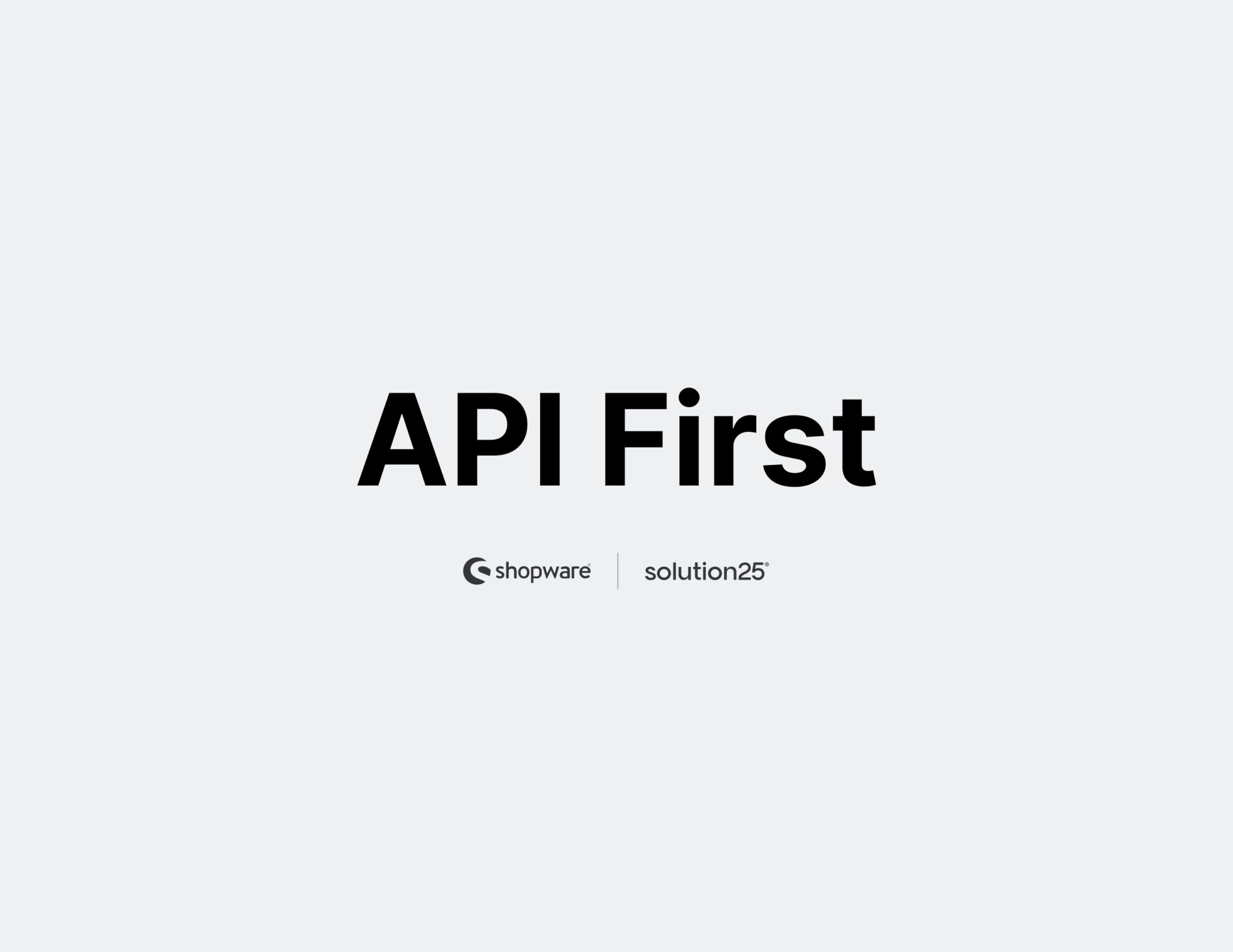Shopware Platinum Partner
Extension Premium Partner
200+ Projects
75+ Experts
Shopware Platinum Partner
Extension Premium Partner
200+ Projects
75+ Experts

For companies building on Shopware, success depends as much on a clear strategy as it does on well-executed tactics. Among modern software practices, an API-first approach has become the preferred model for rapid innovation and understanding how it benefits Shopware ecosystems is essential for tech leaders and developers alike.
The how of this strategy is rarely spelled out. For developers tasked with turning API-first vision into reality, what does it mean day-to-day? We believe the crucial tactical piece often missing from the conversation is an endpoint-first mindset. Let’s explore why.
Although barely 25 years old, APIs are so widespread that talk of the “API economy” is everywhere. As organisations chase faster time-to-market for API-driven products, a rapid proliferation of tools and management practices has followed.
API-first emerged to show non-technical stakeholders what teams need to succeed with APIs. Using familiar product-management language, it’s easy to explain and when done wellmakes API development more purposeful, efficient, and resilient.
Those broad principles still leave developers without day-to-day guidance. That’s where endpoint-first tactics step in.
An endpoint is the smallest unit of work in API development. One at a time, developers read requirements, sketch design, write code, and debug. Whether shipping a short-lived micro-service or a flagship public API, engineers think in endpoints.
Endpoint-first doesn’t replace API-first; it makes the strategy workable. By lowering friction, teams release useful endpoints continuously while still honouring big-picture design.
By pairing API-first vision with endpoint-first tactics, organisations gain strategic clarity and developer velocity—a proven formula for delivering high-quality APIs that power modern, scalable Shopware solutions.